National Stroke Week: Loss of Vision After a Stroke
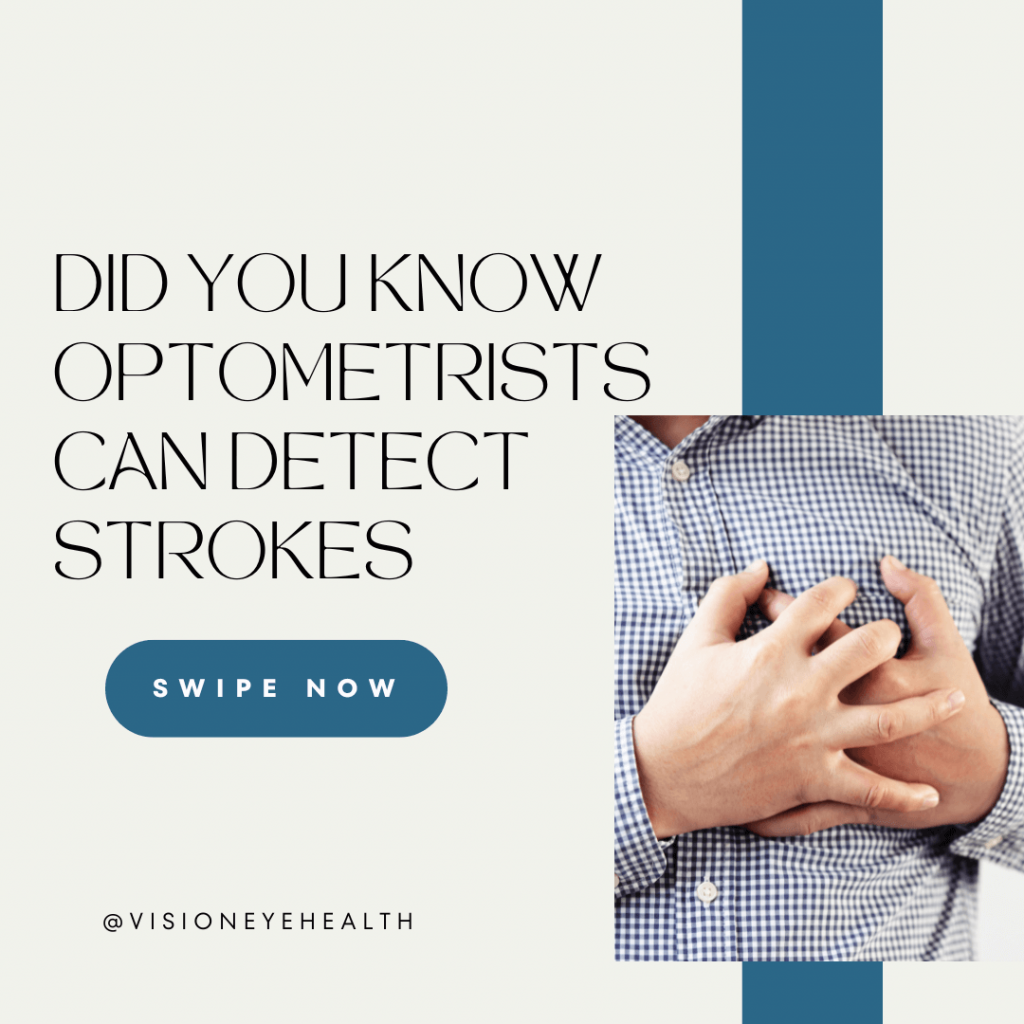
We’re raising awareness on the loss of vision after a stroke this National Stroke Week (August 8 – 14). Read this blog to learn how to prevent it and what to do in case you experience vision problems after a stroke.
Stroke: What is It?
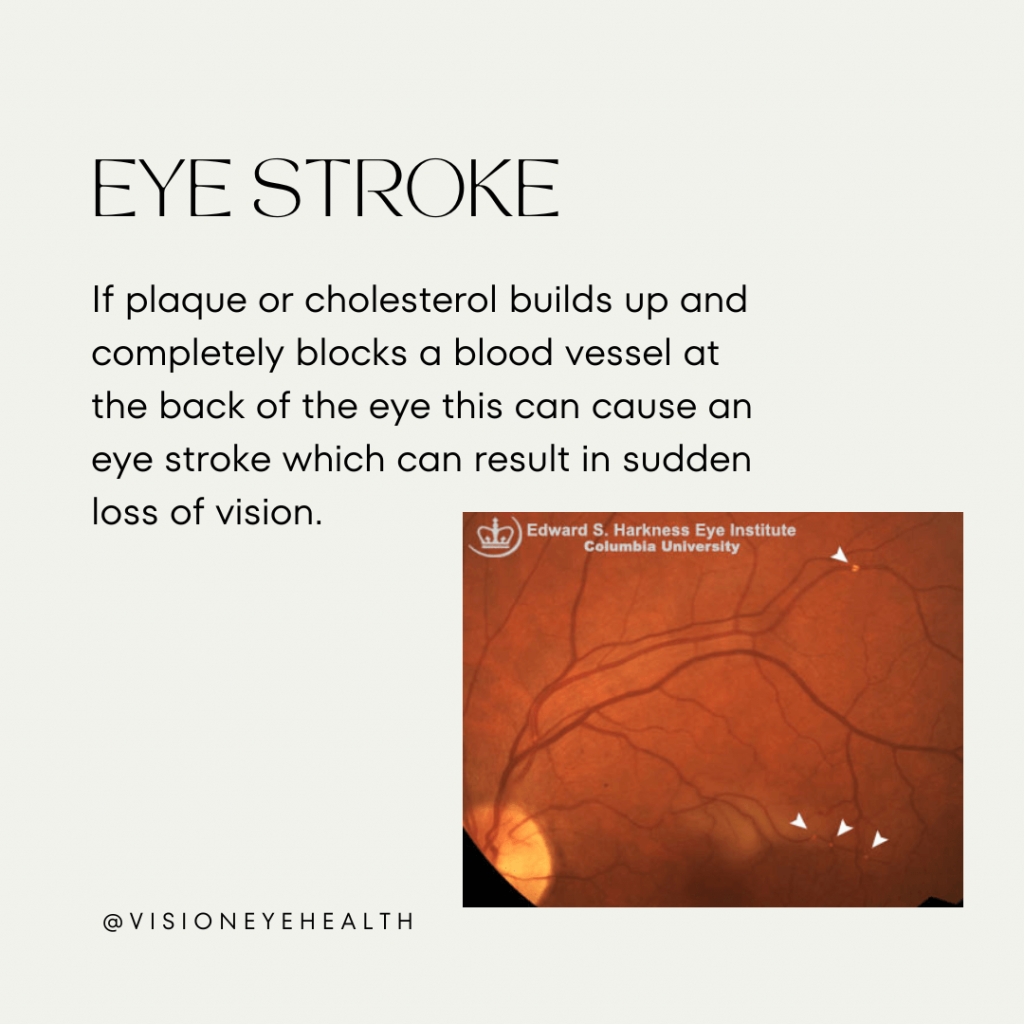
A stroke happens when one of your blood vessels burst (known as hemorrhagic stroke) or becomes clogged by a clot (known as ischaemic stroke). When this happens, oxygen and other nutrients are unable to reach your brain.
Some strokes are mild, and these are called transient ischaemic attacks. But even if this type of stroke is “mild,” it can still result in long-term weakness, speech difficulties, memory loss, paralysis, and even vision problems.
But not all strokes are mild. A more severe type of stroke can be fatal. People who manage to survive a severe stroke can be left paralysed or in a coma.
Many survivors also experience speech problems, diminished cognitive functions, and breathing difficulties. A lot of stroke survivors also experience significant vision issues.
You can also have a “stroke” just in your eye where a blood vessel bursts or is clogged by a clot, cholesterol or plaque build up. When this happens, oxygen and other nutrients aren’t able to feed that part of your eye.
How Does A Stroke Affect Your Vision?
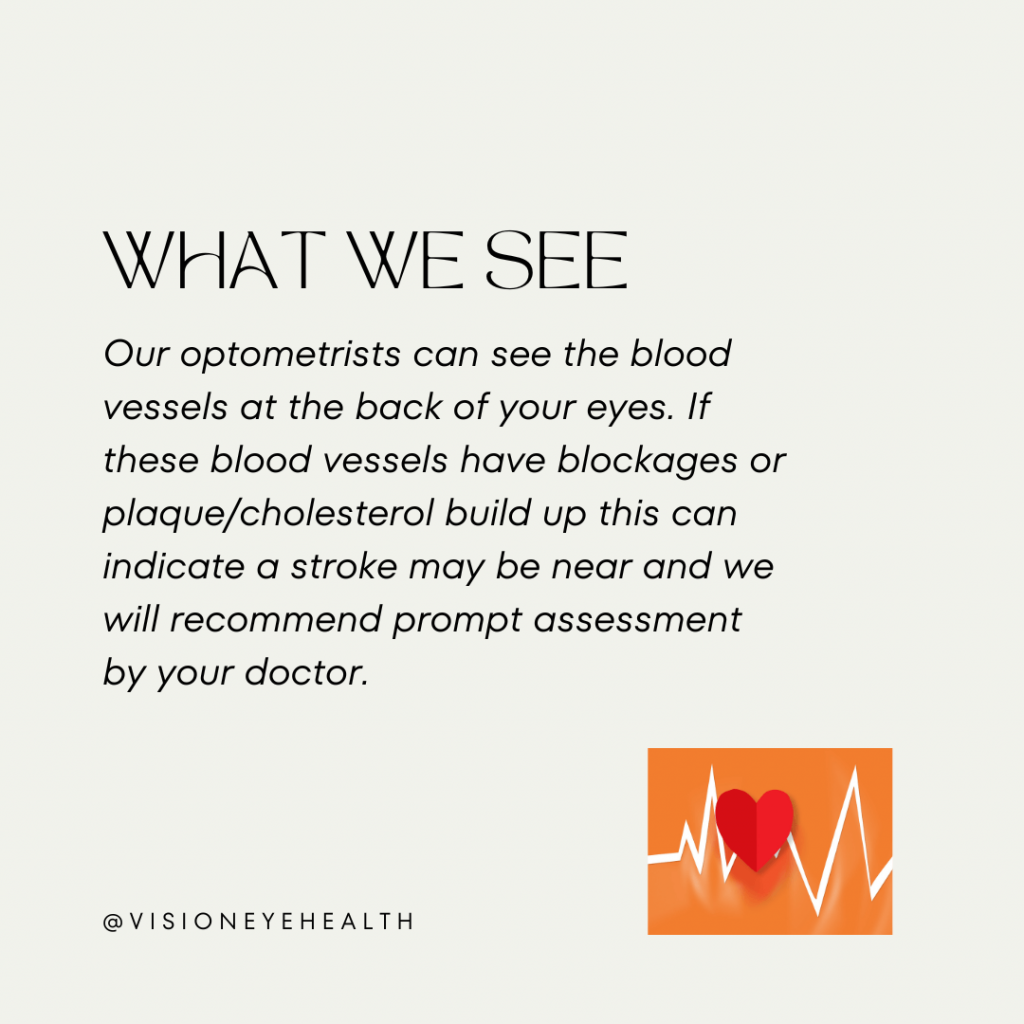
When a stroke happens, blood is unable to reach the brain. This starves brain cells of much-needed nutrients and oxygen, resulting in cell damage. The damage can reach the occipital lobe, which is the part of the brain that controls vision and all its processes.
When a stroke happens in your eye, this can result in partial or complete vision loss in that eye. Whereas when it happens in the occipital lobe any vision loss will usually affect both eyes.
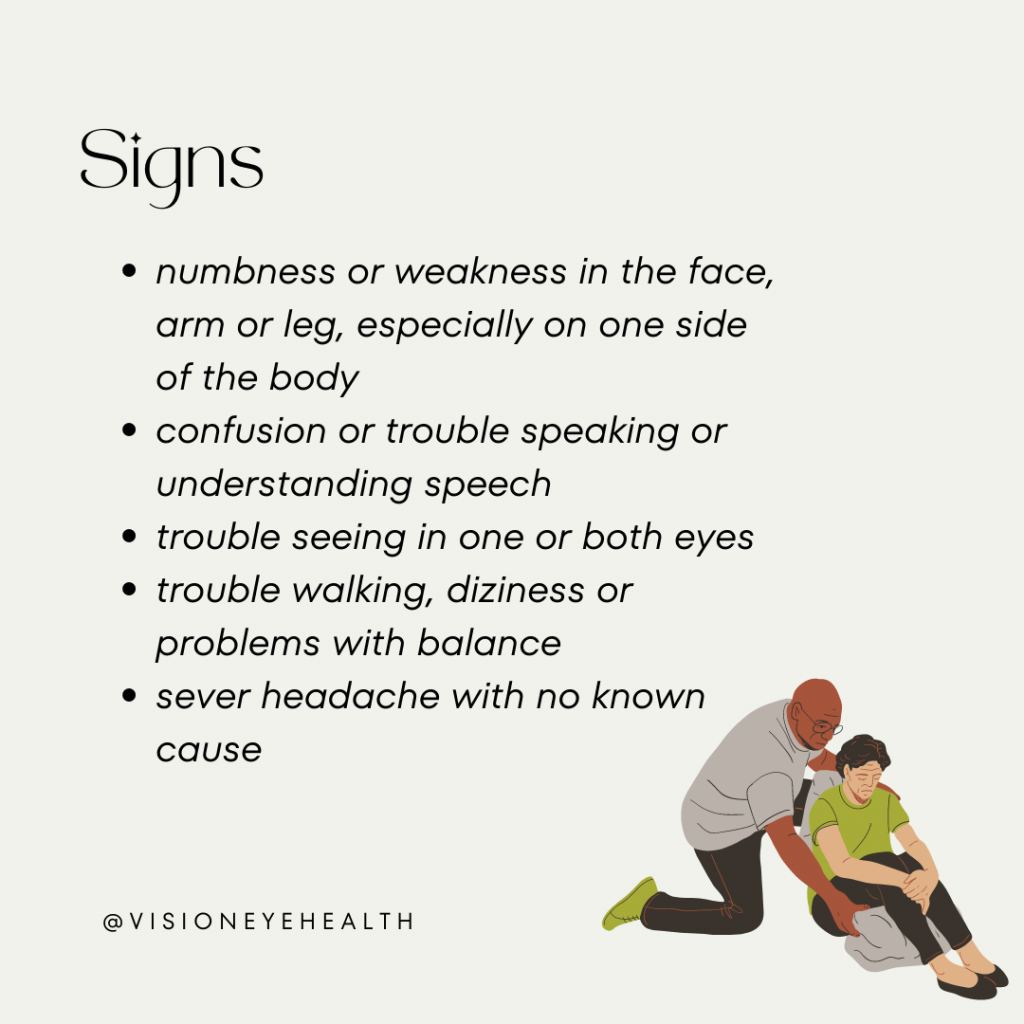
People who have had a stroke can experience any of these vision problems.
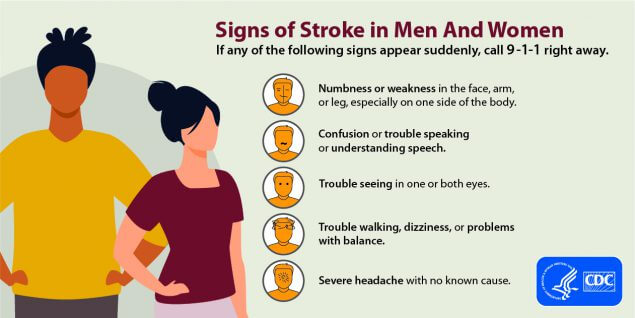
Difficulty in controlling the movement of the eyes
A stroke can damage the nerves that control the eyes, making even the simplest eye movements difficult. Some stroke survivors have droopy eyelids, while others experience double vision.
Another common eye problem stroke survivors experience is nystagmus. This condition is also a result of eye nerve damage, causing partial or total loss of eye control. Their eyes may go from side to side or up and down. The movement can also be circular, and they are unable to focus on an object they are trying to look at because of this involuntary eye movement.
Partial loss of vision
Some stroke survivors also report a condition called hemianopia. This type of vision loss is partial, and it looks like half of your visual field has disappeared.
Others, on the other hand, experience something called quadrantanopia. Unlike hemianopia, only a quarter of the person’s visual field is affected. This partial loss of vision can be temporary or long-term.
Other eye and vision problems
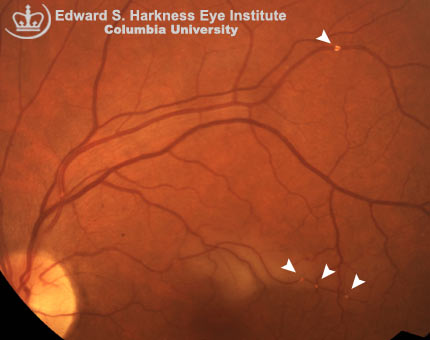
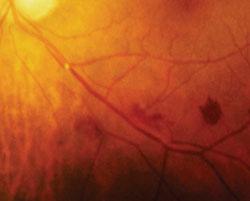
As mentioned, stroke can also affect the nerves in the eyelids or the person’s facial muscles. This makes blinking difficult, resulting in dry and itchy eyes.
Some stroke survivors experience visual agnosia. Since the occipital lobe has been affected by a stroke, they often have trouble recognising the faces of family members and friends. They may sometimes be unable to recognise objects in their own homes.
A stroke often leaves one part of the body paralysed. This causes visual neglect in stroke survivors, making them unable to respond to any stimuli presented to the affected eye or side of the face or body.
Dealing with Eye and Vision Problems After A Stroke
The first line of defence against stroke will always be prevention. Start a healthy lifestyle, quit smoking, and limit your alcohol intake to prevent stroke.
This National Stroke Week, we recommend that you consult an eye health professional regularly. Optometrists can see the blood vessels in your eyes and are often able to detect cholesterol/plaque build up or an unhealthy cardiovascular system before a complete stroke happens. We will work with your general practitioner to help ensure your blood pressure and cholesterol levels etc are well controlled, depending on the appearance of the blood vessels in your eyes.
If you or your loved one is experiencing partial loss of vision or uncontrollable eye movement particularly after a stroke, we can recommend methods to help you cope with the loss of vision, control of eye movement or droopy eyelids. We can also prescribe different treatments for dry eyes.
